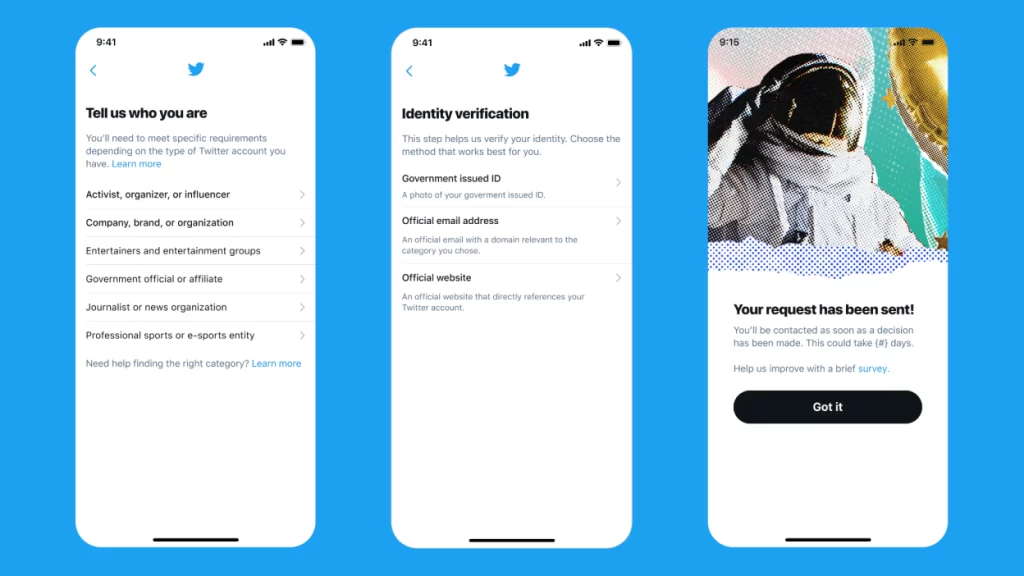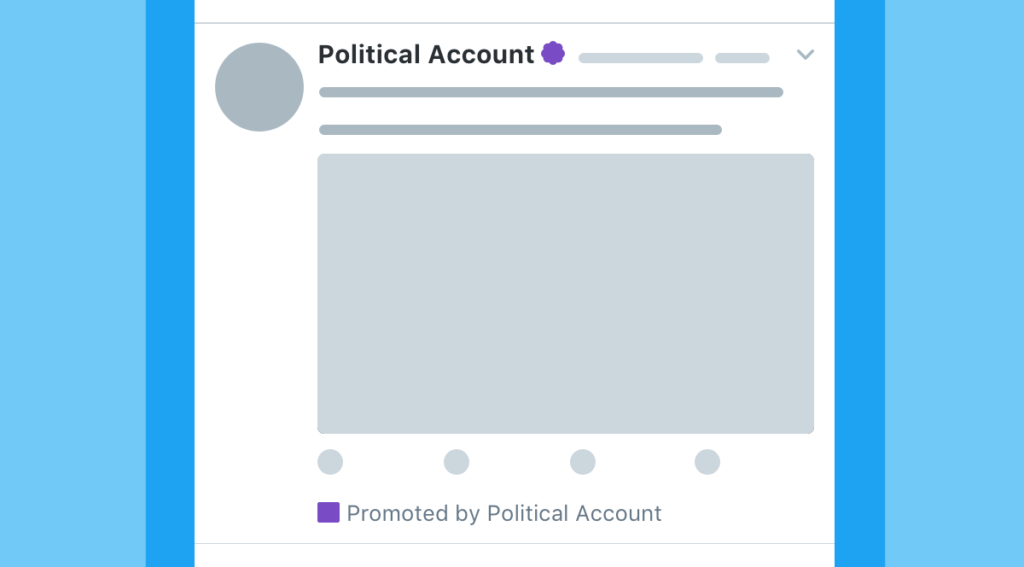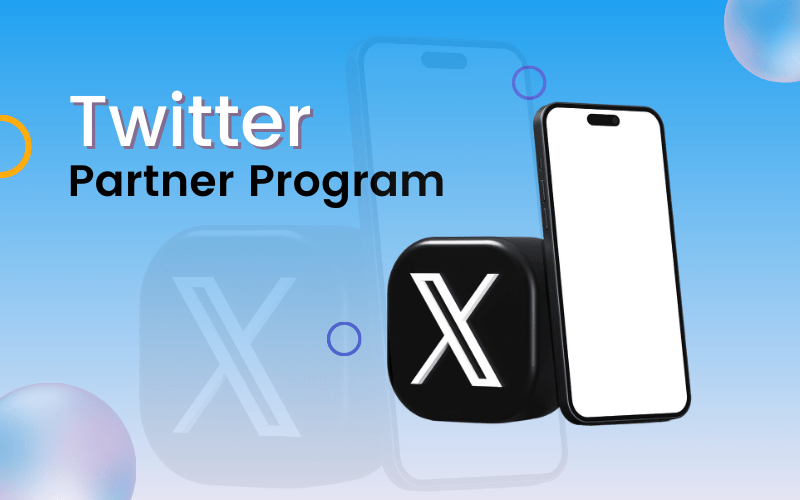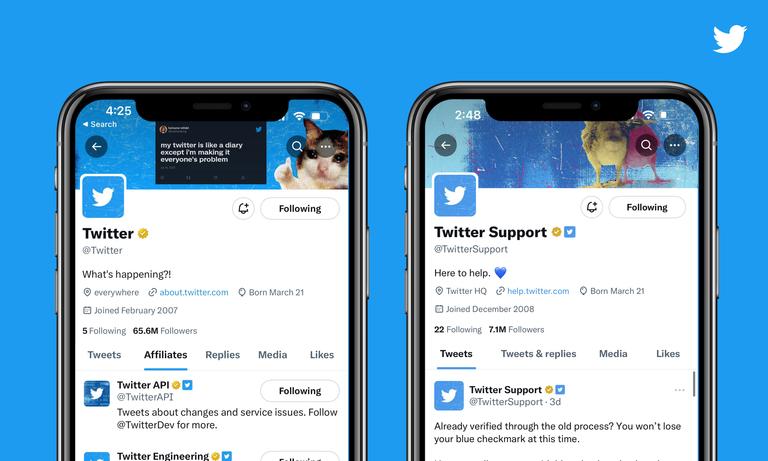Twitter’s advertising policies aim to create a safe, transparent user experience. Knowing the latest Twitter ad guidelines helps ensure your campaigns stay compliant. This comprehensive guide covers everything brands need to know about Twitter Ads policies in 2023.
Follow these tips to keep your ads effective and appropriate across Twitter’s owned and operated properties.
Table of Contents
Twitter Ads Policy Overview
Twitter outlines its policies on prohibited content, sensitive categories, data usage, and more that apply to all advertising on its platforms.
Key Things to Know About Twitter Ads Policies
- Policies apply to promoted ads, accounts, and trends.
- Designed to align with Twitter’s broader content rules.
- Regular updates reflect changing regulations and platform capabilities.
- The dedicated Policy team evaluates and enforces compliance.
- Violations can lead to paused campaigns or loss of advertising access.
- Passing advertiser verification is required for many ad options.
- Special rules exist for political, advocacy, and lead-gen ads.
- Transparency about funding sources and targeting is now required.
- Partner support teams can assist with policy guidance.
Keeping campaigns compliant with the latest guidelines protects your advertising access and Twitter reputation.
Prohibited Content Categories
Twitter prohibits certain categories from advertising completely. Restricted content includes:
- Hateful content – Promoting violence or attacks on protected groups.
- Sensitive events – Content that lacks compassion around sensitive events.
- Misleading claims – Deceptive, false or exaggerated statements.
- Manipulated media – Altered video, audio or imagery meant to deceive.
- Infringing content – Promoting counterfeit goods or copyright infringement.
- Negative election content – Attack ads focused on candidates or voting.
- Unauthorized content – Running ads representing others without permission.
- Dangerous products or services – Promoting unregulated pharma, drugs, or weapons.
- Manipulating engagement – Artificially inflating impressions, clicks or metrics.
Avoiding prohibited content keeps Twitter ads informative, safe, and effective for target audiences.
Restricted Content Categories

Some regulated categories can advertise but have special eligibility or labeling rules:
Political & Advocacy Ads
- Require organization/candidate verification.
- Must include funding disclosures.
- Subject to additional targeting limitations.
Alcohol
- Age-gating required.
- No excessive drinking imagery is allowed.
- Geo-targeting to limit underage exposure.
Gambling & Lotteries
- Can only advertise in certain countries.
- Must be age-gated content.
- Products that rely predominantly on chance are prohibited.
Pharmaceuticals & Supplements
- Can’t advertise prescription medications directly to consumers.
- Clinical studies must back claims.
- Healthcare provider targeting is required.
Understanding restrictions helps navigate specialized ad categories successfully.
Sensitive Categories Policy
Twitter aims to avoid showing ads alongside content that doesn’t align with a brand’s values. Their sensitive categories policy outlines advertising exclusions around:
- Traumatic events
- Natural disasters
- Conflicts and war
- Death and tragedy
- Other crises
Advertisers can proactively opt out of sensitive categories globally or limit by geography, language or event.
Best practices for sensitive category blocking:
- Set exclusions upon account setup.
- Update frequently as new events emerge.
- Leverage exclusions for crisis response.
- Override blocking for relevant awareness campaigns.
Proactive sensitive category blocking enables brands to avoid adjacency issues efficiently.
Intellectual Property Rules
Twitter restricts advertising that infringes on intellectual property rights. Relevant restrictions include:
Trademarks
- Ads can’t use third-party marks without permission.
- Comparative advertising claims must comply with laws.
- Mark removal is required for verified IP complaints.
Copyrights
- Promoting counterfeit or pirated goods is prohibited.
- DMCA policy handles copyright complaints.
- May suspend ads and accounts for repeat violations.
Personality Rights
- No advertising endorsement without proof of permission.
- Parody and political commentary may be exceptions.
- Some limits on targeting based on public figure status.
Respecting IP protects your brand reputation and avoids legal risks. Seek permissions when needed.
Advertiser Verification Process

Twitter requires identity verification for certain ad options like political, regulated categories, lead gen and predictive audience targeting.
The verification process involves:
- Providing business incorporation documents.
- Submitting personal ID for account owners.
- Receiving and activating PIN confirmation.
- Enabling two-factor authentication.
- Providing tax identification information in some cases.
Verified badges are displayed on certified advertisers’ profiles. Verification adds legitimacy and helps unlock additional targeting capabilities.
Political & Advocacy Advertising Rules
Special transparency rules apply to political and advocacy advertising on Twitter:
- Disclaimers required stating who paid for and authorized the ad.
- Restrictions on micro-targeting and personalization.
- Can’t target or exclude audiences based on political leanings.
- Searchable ad library archives political ads for 7 years.
- Certain issue-based ads require certification and disclosures.
Proper disclaimers, targeting and disclosures enable political advertising transparently and responsibly.
Transparency Policies

Beyond political ads, Twitter enacted industry-leading transparency initiatives:
- Ad Transparency Center lets anyone access details on active ads: spending, targeting, performance and more.
- Advertisers can download their ad data including impressions, clicks and spending.
- Added information on targeting rationale for delivered ads.
- Brand safety controls give advertisers visibility into content adjacency.
- Launched ** Enrique Insights newsletter** and Twitter Spaces to demystify policies.
Full transparency into ads ultimately builds greater user trust in the long term.
Targeting & Privacy Regulations
Twitter ad targeting must align with platform policies and regional regulations like GDPR. Key considerations:
- Limiting the use of precise location data or personal contact info.
- Requiring opt-in consent for personalized ads in Europe.
- Following the Calif. Privacy Rights Act (CPRA) enhanced disclosures.
- Restricting the use of sensitive personal data for targeting.
- Providing transparency around inferred interests or look-alike creation.
- Allowing people to opt out of data collection and targeted ads.
Staying current on relevant privacy laws ensures your ad targeting remains ethical and compliant.
Lead Generation Rules
Twitter provides lead generation capabilities but restricts improper use, such as:
- No selling or sharing of leads acquired through Twitter.
- Must provide direct value in exchange for lead contact information.
- Can’t request sensitive personal data like financial info.
- Need transparent disclosures around data use and sharing.
- Must comply with applicable data and telemarketing laws.
- Restrictions on remarketing based on imported lead contact info.
Vet lead generation campaigns to avoid improperly collecting or mishandling consumer data.
Policy Enforcement Procedures
If Twitter identifies an active or potential policy violation, here are the typical next steps:
- The account owner receives notification of the violation by email.
- Access to advertise is restricted until issue resolution.
- Instructions provided for appealing policy actions.
- For minor issues, modifying the content in violation may lift restrictions.
- Severe or repeat offenders may be permanently suspended from advertising.
Understanding the compliance procedures helps advertisers avoid and resolve issues quickly.
Twitter Partner Program

Twitter provides dedicated resources to help large brands manage policy complexity through their Partner Program:
- Training on the latest Twitter ad policies and best practices.
- Pre-launch consulting to identify potential issues.
- Quarterly account reviews to surface any conflicts.
- Direct channel for clarifying policy questions.
- Early insight into new policies and requirements.
- Proactive guidance to ensure brand safety.
Partnership, support and education enable improved policy outcomes at scale.
Being Proactive About Compliance
The best defence is a good offence regarding Twitter ad policies. Here are proactive measures brands can take:
- Review policies thoroughly before launching campaigns and regularly after.
- Train team members on policy requirements related to their roles.
- Plan compliant campaigns avoiding high-risk content areas altogether.
- Vet all creatives and audiences to limit issues pre-launch.
- Utilize allowlists to restrict targeting only to verified placements.
- Block sensitive categories. Stay on top of current events that may be brand risks.
- Flag unclear cases for Twitter’s advance review.
Getting ahead of potential issues prevents problems and keeps campaigns running smoothly.
Preparing Creative Assets
Crafting ads aligning with Twitter’s rules minimizes rejection and pauses later.
Tips for Developing Compliant Creatives
- Avoid unsubstantiated claims – Back major claims up with proof.
- Display necessary disclosures clearly and conspicuously.
- Comply with regional ad codes – Align with local standards on items like gambling.
- Don’t use unauthorized IP – Secure permissions as needed.
- Target appropriately – Limit targeting any prohibited segments.
- Add age gates for restricted products. Ensure proper age targeting as well.
- Avoid offensive imagery – Stay away from violence, slurs or inappropriate content.
- Make value clear – Articulate unique benefits vs. hype or puffery.
Thoughtful, creative development reduces policy red flags down the line.
Responding to Policy Violations
If you receive a policy violation notice, quick corrective action is important:
- Stop the non-compliant ad immediately if still active.
- Review the specific policy and ensure you understand the issue.
- Audit other campaigns to correct any similar violations proactively.
- Submit an appeal if you believe the decision was made incorrectly.
- Make any required changes, like removing trademarks or adding disclosures.
- Provide compliant replacement creatives to get your modified campaign running again.
- Train team members on the policy area to prevent repeat issues.
Responding swiftly helps minimize business impact and avoid lasting advertising restrictions.
Submitting Policy Appeals
If you believe Twitter incorrectly disabled your ad or account unfairly, you can submit an appeal:
- Appeals go to Twitter’s Policy team for review. Include thorough explanations and supporting evidence.
- Provide full context like the audience, targeting, and tweets shown alongside.
- Explain the business importance and that pausing the ad causes harm.
- Note if the issue is widespread affecting other accounts or content.
- Suggest solutions like adding a disclaimer or changing targeting.
- Outline compliance controls you’ve implemented to prevent similar issues.
Fact-based, constructive appeals demonstrating compliance help convince Twitter to reverse disabling decisions.
Ongoing Monitoring Best Practices
Staying ahead of policy issues requires vigilant, ongoing monitoring:
- Designate an internal point person accountable for Twitter policy across campaigns.
- Regularly audit campaigns for any questionable creative or non-compliant targeting.
- Review targeting and performance for brand safety and adjacency issues.
- Subscribe to Twitter’s policy newsletters and read updated emails.
- Flag unclear cases to Twitter reps early for guidance.
- Save Twitter’s latest policies in an accessible internal wiki for easy reference.
- Share important updates with stakeholders like legal, marketing, and agency partners.
With frequent reviews and open communication, brands can avoid most policy concerns before Twitter does.
Summary of Key Twitter Ad Policies
Let’s recap some top Twitter ad policies and compliance best practices:
- Avoid prohibited content like hate speech, violence and deception.
- Understand rules around restricted categories like politics, alcohol and pharma.
- Comply with latest regulations on targeting, data and transparency.
- Get advertiser verified to access key targeting capabilities.
- Display proper disclosures on political and advocacy ads.
- Make substantiated claims and utilize opt-in data collection.
- Develop thoughtful targeting that avoids controversies.
- Train team members regularly as policies evolve.
- Monitor campaigns proactively for brand safety and compliance.
Internalizing Twitter’s ad rules enables smoother approvals and maximizes time spent actively advertising. Partner closely with your Twitter reps to implement these policy best practices.







